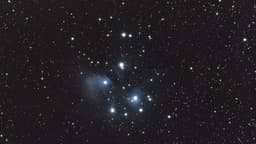Home / Science / Asteroid 'City-Killer' Hurtling Towards Moon, Potential Lunar Collision Looms
Asteroid 'City-Killer' Hurtling Towards Moon, Potential Lunar Collision Looms
12 Nov
Summary
- Asteroid 2024 YR4 has 4% chance of hitting moon on Dec 22, 2032
- Observations in Feb 2025 could increase odds to 30%
- Lunar impact could create 0.6-mile crater, shower Earth with debris

According to the latest reports, astronomers have issued a concerning update about the 'city-killer' asteroid 2024 YR4 that is on a trajectory towards the moon. The 220-foot (67m) asteroid currently has a 4% chance of hitting the lunar surface on December 22, 2032. However, fresh observations scheduled for February 2025 could potentially increase those odds to as high as 30%.
If 2024 YR4 does strike the moon, it would carve out a massive 0.6-mile-wide crater and shower Earth with dangerous lunar shrapnel. This could pose a significant threat to satellites in low-Earth orbit that are critical for global communications and navigation.
The James Webb Space Telescope (JWST) will have a brief window in February 2025 to observe the asteroid and refine predictions about its trajectory. These measurements could significantly alter our understanding of 2024 YR4's path and the likelihood of a lunar collision. Space agencies like NASA and ESA are now racing against time to decide on potential deflection methods, as any action would need to be taken by 2030 at the latest.




